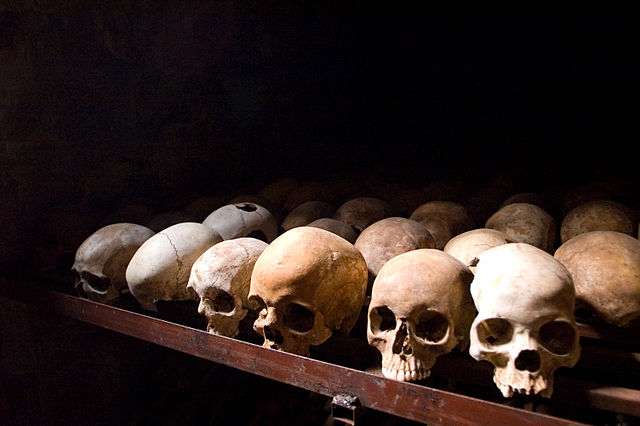
The event sparked a 100-day war between Rwanda’s predominant ethnic groups, the Tutsis and the Hutus. An estimated 500,000 to 1 million people were killed.
The genocide is over, but the story isn’t. Survivors and witnesses are haunted by ghosts, memories and terrors. A new exhibit at the University of Denver, "Living With the Memory: Rwanda Twenty Years On," explores how Rwandans are coping today.
Ermitte Saint Jacques, a lecturer and postdoctoral teaching fellow in the Department of Anthropology at DU, served as faculty adviser and lead researcher for the exhibit.
“People don’t think about the aftermath of genocide: that people have to live with these things, that people have to live with [the fact of] their neighbor having tried to kill them,” Saint Jacques said.
“In the public’s mind, the genocide ends on a certain day," she added. "But that’s certainly not true for the people who experienced it."
The exhibit, which runs through February 21, illustrates how the terror affected individuals then and now.








